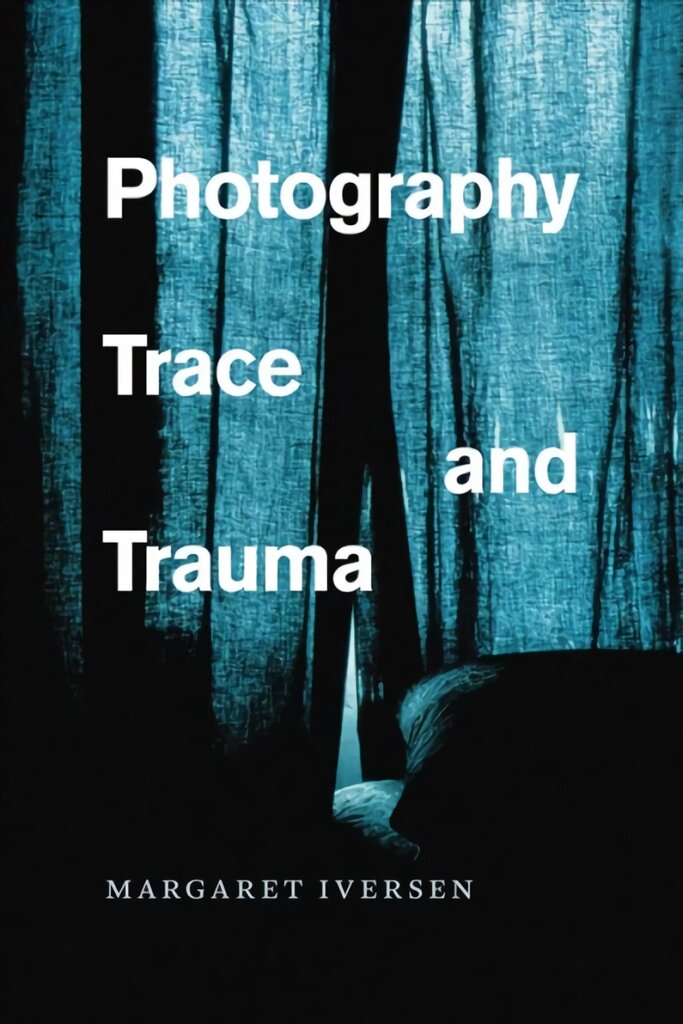Photography is often associated with the psychic effects of trauma: the automatic nature of the process, wide-open camera lens, and light-sensitive film record chance details unnoticed by the photographer—similar to what happens when a traumatic event bypasses consciousness and lodges deeply in the unconscious mind. Photography, Trace, and Trauma takes a groundbreaking look at photographic art and works in other media that explore this important analogy. Examining photography and film, molds, rubbings, and more, Margaret Iversen considers how these artistic processes can be understood as presenting or simulating a residue, trace, or “index” of a traumatic event. These approaches, which involve close physical contact or the short-circuiting of artistic agency, are favored by artists who wish to convey the disorienting effect and elusive character of trauma. Informing the work of a number of contemporary artists—including Tacita Dean, Jasper Johns, Mary Kelly, Gabriel Orozco, and Gerhard Richter—the concept of the trace is shown to be vital for any account of the aesthetics of trauma; it has left an indelible mark on the history of photography and art as a whole.
Photography is often associated with trauma. Here’s why: the automatic nature of the process, the wide-open camera lens, and the light sensitivity of film that records contingent details unnoticed by the operator are not unlike what happens in a traumatic event, when the effects bypass consciousness and lodge deeply and irremediably in the unconscious mind and in the nervous system. Just as a traumatic event bypasses consciousness, indexical processes like photography?which record the trace of something now absent from the viewer of the picture--bypass artistic intention and convention. In this beautifully written, succinct book, Margaret Iversen explores the particular history of the medium that emphasizes this aspect of photography. But she also considers ?indexical” art in other media, especially sculpture that presents or simulates a trace (or ?index”) of a traumatic event, such as casting, rubbings, moulds, and holography/sculpting with light. (Please note that Iversen does not explore sexual trauma, but rather trauma that occurs in war, Holocaust, modernization, and the like.) Throughout, the book engages a wide range of modern and contemporary artists and their relationships to the photograph: Chantal Akerman, Anna Barriball, Christian Boltanski, Tacita Dean, Thomas Demand, Marcel Duchamp, Felix Gonzalez-Torres, Mary Kelly, Allan McCollum, Zoe Leonard, Susan Morris, Gabriel Orozco, Amalia Pica, Robert Rauschenberg, and Gerhard Richter.
